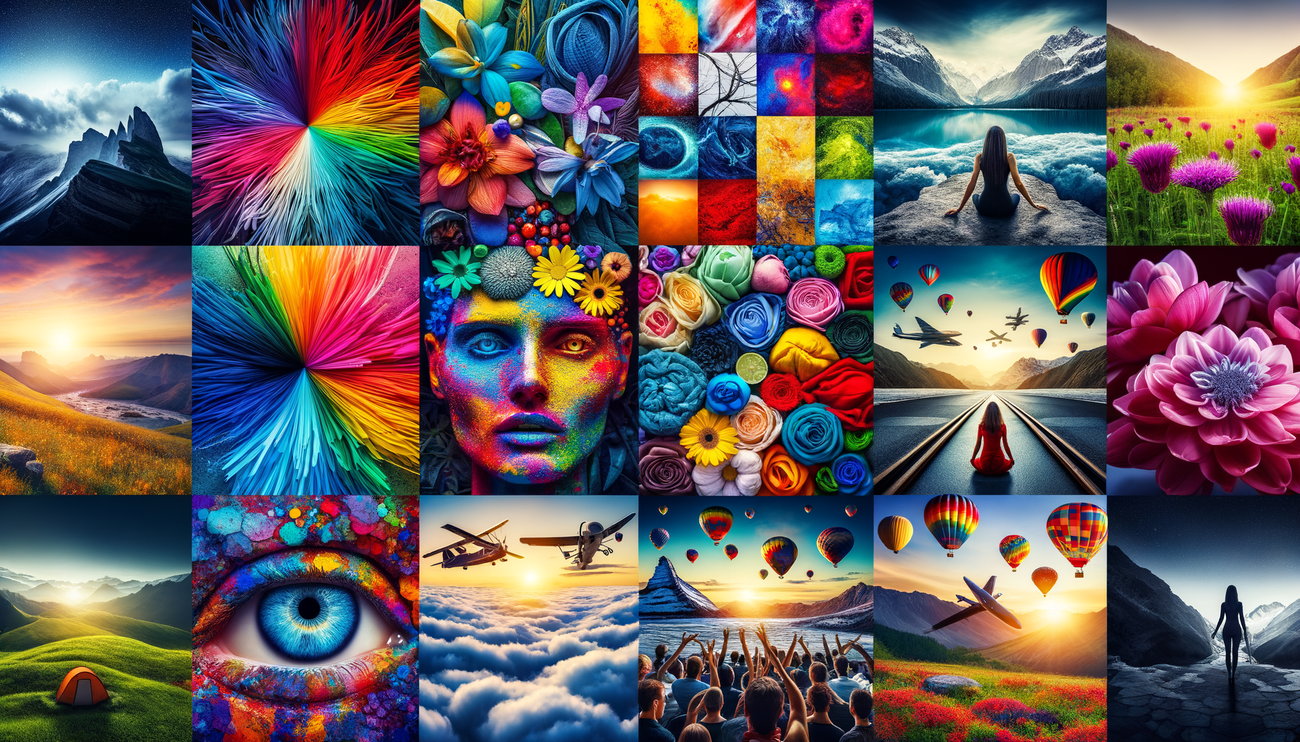
The psychology of color is a fascinating field that explores how different shades and combinations of colors can influence our perception and emotional state. In photography, color plays a fundamental role in helping to create mood and focus the viewer's attention. In this article, we will delve into the world of color and its impact on photographic images.
Color is one of the most powerful tools a photographer has. The right color palette can make photographs more appealing and expressive. However, to use color effectively, it's important to understand its psychological aspects.
Each color evokes certain emotions and associations. This can vary depending on culture and individual experience, but there are universal rules. For instance, red is often associated with energy and passion, while blue may evoke feelings of calmness and trust. Green is typically linked to nature and freshness, while yellow signifies happiness and optimism.
As a photographer, you can use these associations to create the desired impact. If you want to evoke a sense of comfort and warmth, opt for warm tones like orange and brown. Conversely, if your goal is to create a feeling of tranquility, utilize cool colors such as blue and green.
It's also vital to consider color harmony. This concept involves combining colors that work well together visually. Complementary colors, like blue and orange, can make an image visually appealing. On the other hand, when colors clash, it may cause discomfort for the viewer.
Color psychology can also assist you in composing your images. For example, if you want to emphasize a specific subject in a photograph, using a contrasting color will help highlight it against the background elements. This is particularly relevant in portrait photography, where emphasis on the subject can be achieved through color contrast.
Moreover, color can guide the viewer’s gaze through the image. For instance, lines and shapes created by color can point the viewer’s attention to important composition elements. Using color gradients can also smoothly lead the eye from one object to another, creating a natural visual narrative.
Be mindful that color temperature is significant as well. Warm colors (like red and orange) create an atmosphere of closeness, while cool shades (blue, teal, and purple) can generate distance and detachment. This effect can be used to strengthen or weaken the connection between objects in a photograph.
In post-processing, you can also experiment with color. Software like Adobe Lightroom or Photoshop provides users with the ability to control colors on a deeper level. This enables the creation of unique visual effects by adjusting the saturation, brightness, and contrast of specific colors.
Also, keep in mind some common mistakes to avoid. For example, avoid using too many bright colors, which can detract from the main subject. Instead, try to use a palette where one or two colors dominate while others serve as complements.
Furthermore, remember the role of black-and-white photography. It can highlight textures and forms, removing distracting factors created by color. This allows for a focus on shape and composition, opening up an entirely new level of artistic expression.
In conclusion, the psychology of color in photography is a powerful tool that can significantly affect the viewer's perception of your image. Understanding how color interacts with emotions and how it is used in composition will enable you to create more expressive and emotionally rich photographs.


